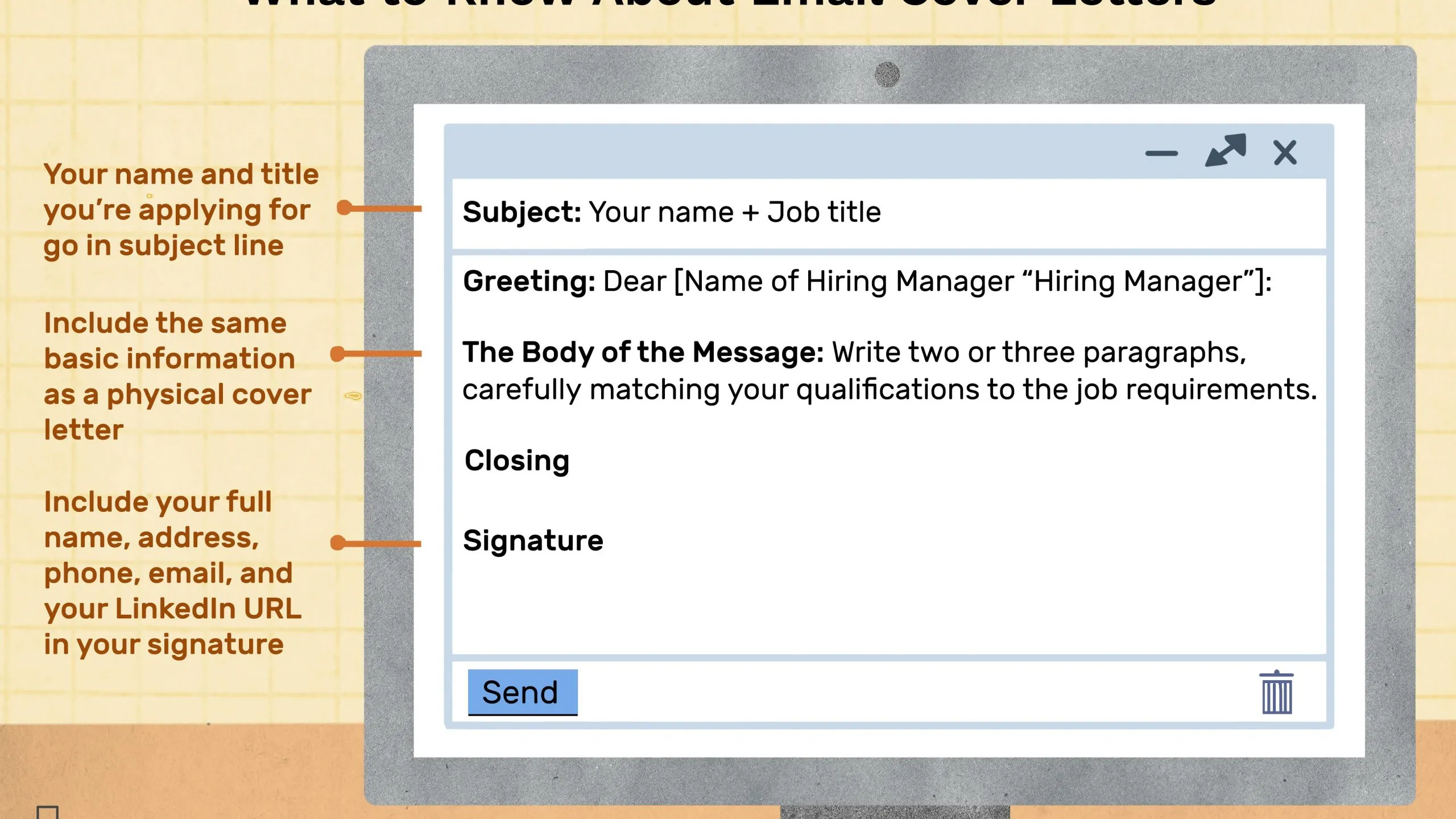Understanding the Importance of a Cover Letter
In the competitive world of job applications, a cover letter serves as your initial introduction and a crucial tool to showcase your personality, skills, and enthusiasm for a specific role. While a resume provides a concise overview of your professional background, a cover letter offers the opportunity to tell a compelling story about why you are the ideal candidate. It is your chance to connect with the hiring manager on a personal level, demonstrating your genuine interest in the company and the position. Many hiring managers consider the cover letter a vital part of the application process. It’s an opportunity to make a strong first impression and differentiate yourself from other applicants, especially when you’re applying for a competitive position. The cover letter allows you to elaborate on your experiences, explain any gaps in your resume, and express your understanding of the company’s needs and how you can address them.
What Makes a Cover Letter Effective
An effective cover letter goes beyond simply restating the information found in your resume. It is a well-crafted document that highlights your relevant skills and experience, demonstrates your understanding of the job requirements, and showcases your enthusiasm for the opportunity. A strong cover letter should be personalized, tailored to each specific job application, and written in a clear, concise, and professional tone. It should immediately grab the reader’s attention with a compelling opening, followed by persuasive body paragraphs that connect your qualifications to the job’s needs. The letter should also be free of errors and use strong action verbs to describe your accomplishments. A successful cover letter should reflect your personality and allow the hiring manager to understand why you are a good fit for both the role and the company culture.
Tailoring Your Cover Letter to the Job
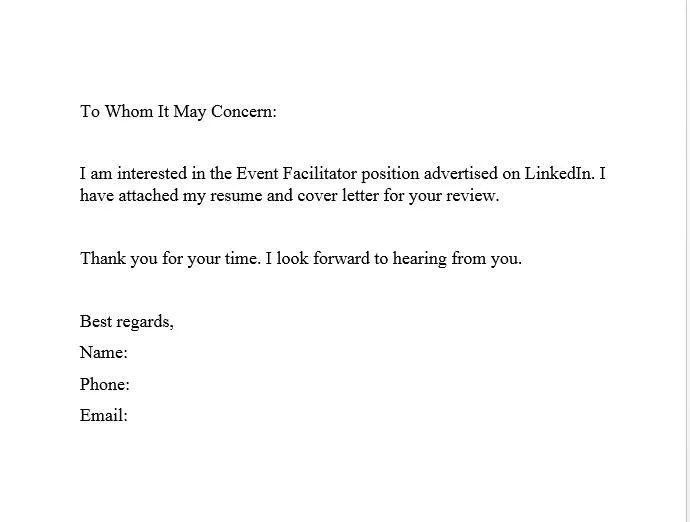
One of the most critical aspects of writing a successful cover letter is tailoring it to the specific job you are applying for. Generic cover letters are easily identified and often discarded. The process begins by carefully reviewing the job description and identifying the key skills, qualifications, and experiences that the employer is seeking. Use these keywords and phrases throughout your cover letter. Connect your past experiences, skills, and accomplishments to the specific requirements listed in the job description, providing concrete examples of how you have demonstrated these skills in the past. This demonstrates that you have not only read the job posting but also understand the employer’s needs and can articulate how you can meet them. Customize the cover letter for each position and avoid sending out a one-size-fits-all document. This personalization significantly increases your chances of getting noticed.
Researching the Company and the Role
Before you even begin to write your cover letter, conduct thorough research on the company and the specific role you are applying for. This research is crucial because it allows you to personalize your letter and demonstrate your genuine interest in the organization. Visit the company’s website, read about their mission, values, and recent news. Browse their social media profiles to gain insight into their culture and recent activities. Research the role itself by looking at similar job descriptions, understanding the day-to-day responsibilities, and identifying the key skills and qualifications required. This information will enable you to tailor your letter to the company’s needs. Show in your cover letter that you understand the company’s goals and how you can contribute to them. Mention specific projects, initiatives, or values that resonate with you. This research shows that you are not just looking for any job, but a specific opportunity within their organization.
Highlighting Your Relevant Skills and Experience
Your cover letter is the perfect place to highlight the skills and experiences that make you a strong candidate for the job. Focus on the skills and experiences most relevant to the specific position you are applying for. Analyze the job description to identify the key requirements. Then, select the accomplishments and experiences from your past that best demonstrate these skills. Instead of simply listing your skills, provide concrete examples of how you have utilized them in previous roles. Use the STAR method (Situation, Task, Action, Result) to provide context and demonstrate your impact. Quantify your accomplishments whenever possible to make your achievements more compelling. Highlight specific projects, tasks, or situations where you successfully applied these skills and the positive outcomes you achieved. This approach enables the hiring manager to visualize your abilities and understand your value as a potential employee.
Showcasing Your Personality and Enthusiasm
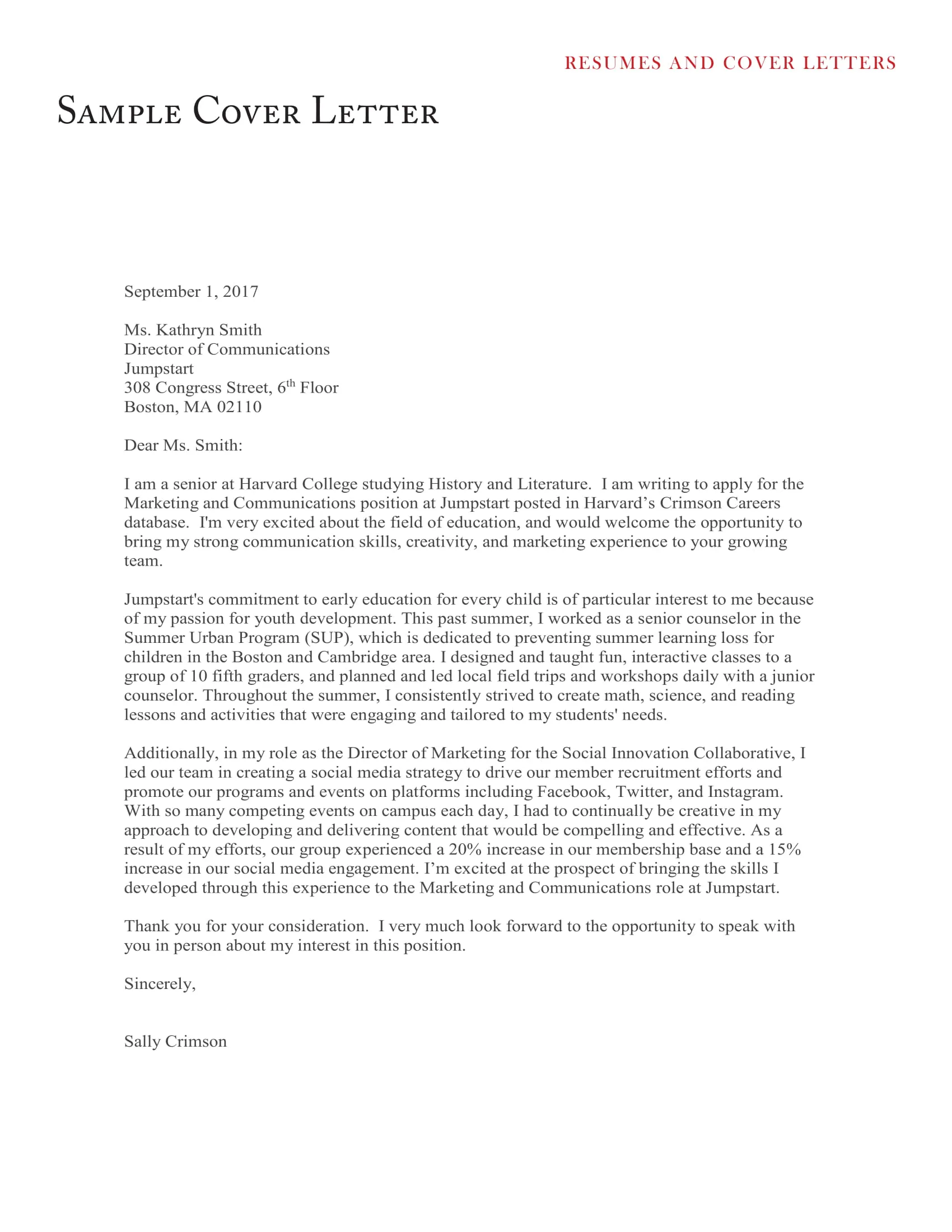
While professionalism is essential, your cover letter is also an opportunity to inject some of your personality and enthusiasm into your application. Let your passion for the job and the company shine through. Use a positive and engaging tone to express your excitement about the opportunity. Show that you are genuinely interested in the role and the organization. Share a brief anecdote or personal connection to the company, if relevant, to make a memorable impression. However, be careful to maintain a professional tone and avoid being overly casual. Balance your enthusiasm with a clear demonstration of your skills and experience. A well-crafted cover letter that showcases your personality and passion will resonate with the hiring manager and make you stand out from other applicants. This approach can help you build a connection with the recruiter, leading to a better chance of securing an interview.
Structuring Your Cover Letter for Maximum Impact
The structure of your cover letter is critical to its effectiveness. A well-organized cover letter is easy to read and allows the hiring manager to quickly grasp your qualifications and understand your interest in the role. Keep your cover letter concise, ideally no more than one page. Use a clear and professional format. The structure typically includes an opening paragraph, body paragraphs, and a closing paragraph. Each paragraph should focus on a specific aspect of your qualifications or your interest in the job. Use strong topic sentences at the beginning of each paragraph to introduce the main idea. Use bullet points to list your skills and accomplishments. Maintain a professional tone throughout the letter, avoiding slang, jargon, or overly casual language. The structure of the cover letter directs the reader’s attention to the most important information and showcases the value you offer.
The Opening Paragraph
The opening paragraph of your cover letter is your first opportunity to capture the reader’s attention. It should immediately state the position you are applying for and where you found the job posting. Start with a compelling hook that grabs the reader’s attention. Consider mentioning a mutual connection, a specific accomplishment, or your passion for the company. Quickly mention your relevant qualifications to establish your suitability for the role. Clearly state the position you are applying for. Briefly summarize why you are an excellent candidate and what you offer. It should also convey your enthusiasm for the opportunity. Keep the opening paragraph concise and engaging. The goal is to pique the reader’s interest and encourage them to read the rest of your letter.
The Body Paragraphs
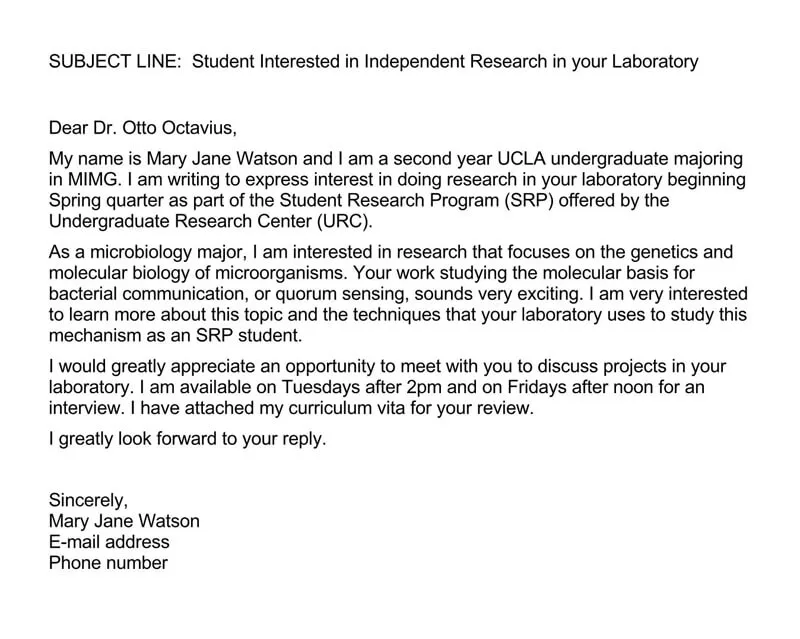
The body paragraphs of your cover letter provide the details and evidence that support your claim that you are the right candidate. These paragraphs should elaborate on your skills, experiences, and accomplishments, connecting them to the requirements of the job. Use multiple paragraphs to cover various aspects of your qualifications and address the key requirements outlined in the job description. Each paragraph should focus on a specific skill or experience. Support your claims with concrete examples, using the STAR method to provide context. Quantify your accomplishments whenever possible to demonstrate the impact you have made in previous roles. Focus on what you have to offer the company and what value you can bring to the position. Conclude each paragraph with a strong summary of your key points, leading into the next.
The Closing Paragraph
The closing paragraph of your cover letter should leave a lasting impression. It should express your interest in the position and the company. Summarize your key qualifications and reiterate your enthusiasm for the opportunity. Include a clear call to action, such as requesting an interview or expressing your availability to discuss your application further. Thank the hiring manager for their time and consideration. Proofread your closing paragraph carefully, ensuring that it is free of any errors. End your letter professionally, such as, “Sincerely” or “Best regards.” The closing paragraph should be concise and reinforce your desire to join the company and secure the position. This allows the hiring manager to easily contact you and take the next step in the hiring process.
Proofreading and Editing Your Cover Letter
Proofreading and editing are essential steps in the cover letter writing process. Errors in grammar, spelling, and punctuation can damage your credibility and create a negative impression on the hiring manager. Review your cover letter carefully for any errors, paying close attention to sentence structure, word choice, and formatting. Check for any typos, grammatical errors, or inconsistencies. Use a grammar and spell checker, but don’t rely on it completely; it is important to manually proofread the document. Read your cover letter aloud to catch any awkward phrasing or unclear sentences. Consider asking a friend, family member, or career advisor to review your letter and provide feedback. Proofreading and editing ensures that your cover letter is professional, polished, and error-free. This reinforces your attention to detail and makes a positive impression.
Common Cover Letter Mistakes to Avoid
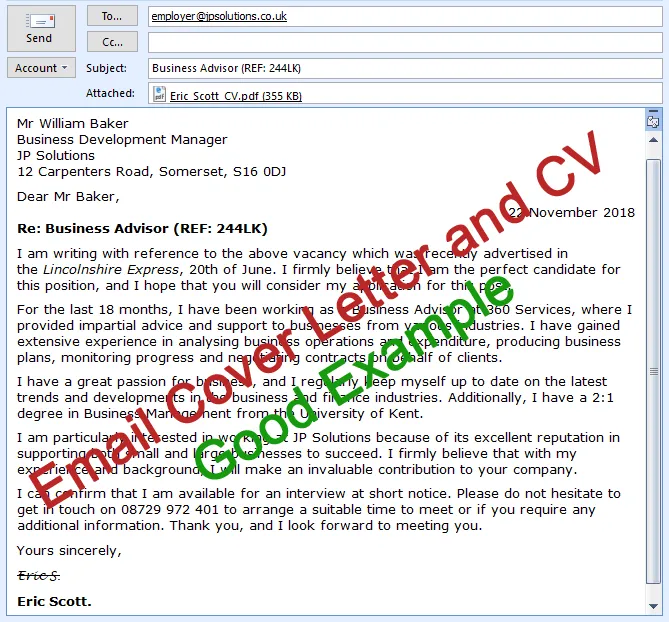
Several common mistakes can undermine your cover letter and diminish your chances of getting hired. Avoid generic cover letters that are not tailored to the specific job. Don’t simply restate your resume; provide additional context and demonstrate your interest in the role and the company. Refrain from using overly casual language or slang. Be mindful of the tone of your writing, keeping it professional. Avoid including irrelevant information that does not align with the job requirements. Be careful not to use clichés or buzzwords that lack meaning. Avoid errors in grammar, spelling, and punctuation. Proofread your cover letter carefully before submitting it. By avoiding these common mistakes, you can ensure that your cover letter is effective, professional, and helps you stand out from other applicants.
Formatting Your Cover Letter for Readability
The format of your cover letter plays an important role in its readability and overall impact. Use a clear and professional font, such as Arial, Times New Roman, or Calibri. Maintain consistent formatting throughout your letter, including font size, spacing, and margins. Keep your cover letter concise, ideally no more than one page. Use headings, bullet points, and white space to break up the text and make it easy to read. Ensure that your contact information is clearly displayed at the top of the letter. Adjust the margins and spacing to create a visually appealing document. A well-formatted cover letter is easier to read, making a positive first impression on the hiring manager. Pay attention to the layout, ensuring it is easy to navigate and presents your information in an organized manner.
Using Action Verbs to Strengthen Your Letter
Using strong action verbs is a powerful technique to enhance the impact of your cover letter. Action verbs make your accomplishments more compelling. Start each bullet point or sentence with a dynamic action verb. These verbs help convey your abilities and demonstrate the actions you have taken in past roles. Use a variety of action verbs to avoid repetition and showcase the breadth of your skills. Select verbs that accurately describe your accomplishments and responsibilities. Some examples of effective action verbs include: managed, led, developed, implemented, created, increased, improved, and achieved. By using strong action verbs, you create a more engaging and persuasive cover letter. This allows you to capture the reader’s attention. Highlighting your accomplishments through the use of action verbs helps the hiring manager quickly understand your qualifications and assess your potential contributions to the role.
Following Up After Submitting Your Cover Letter
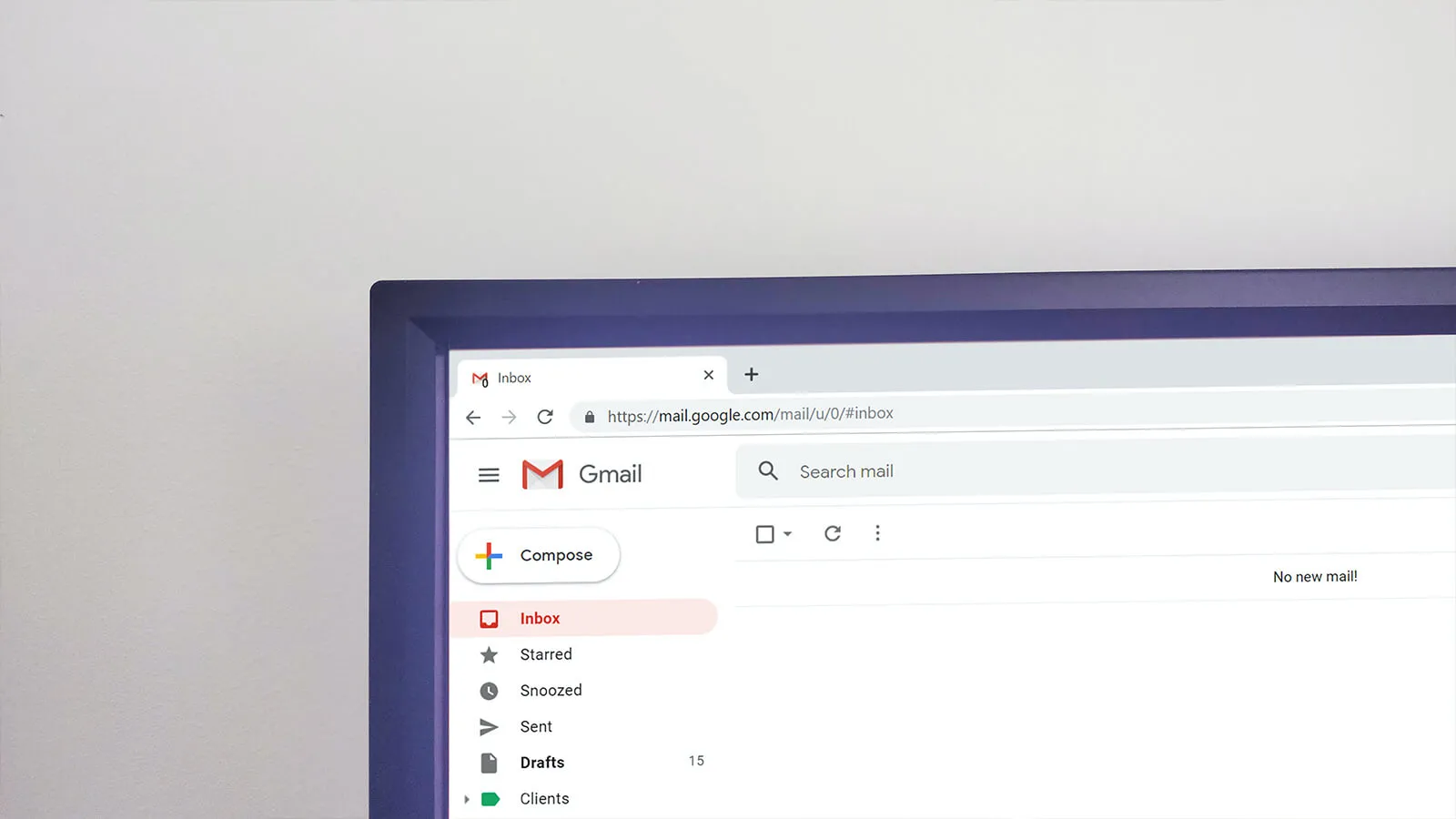
Following up after submitting your cover letter can demonstrate your interest in the position and keep you top of mind with the hiring manager. It’s generally acceptable to follow up one to two weeks after submitting your application. Send a brief, professional email reiterating your interest in the role. Reference your cover letter and highlight a key qualification or accomplishment. Express your enthusiasm for the opportunity and reiterate your availability for an interview. Thank the hiring manager for their time and consideration. Ensure your email is polite, concise, and free of errors. Avoid being overly persistent. Be respectful of their time. A thoughtful follow-up email can increase your chances of getting noticed and securing an interview. It demonstrates your initiative and your commitment to the opportunity.
